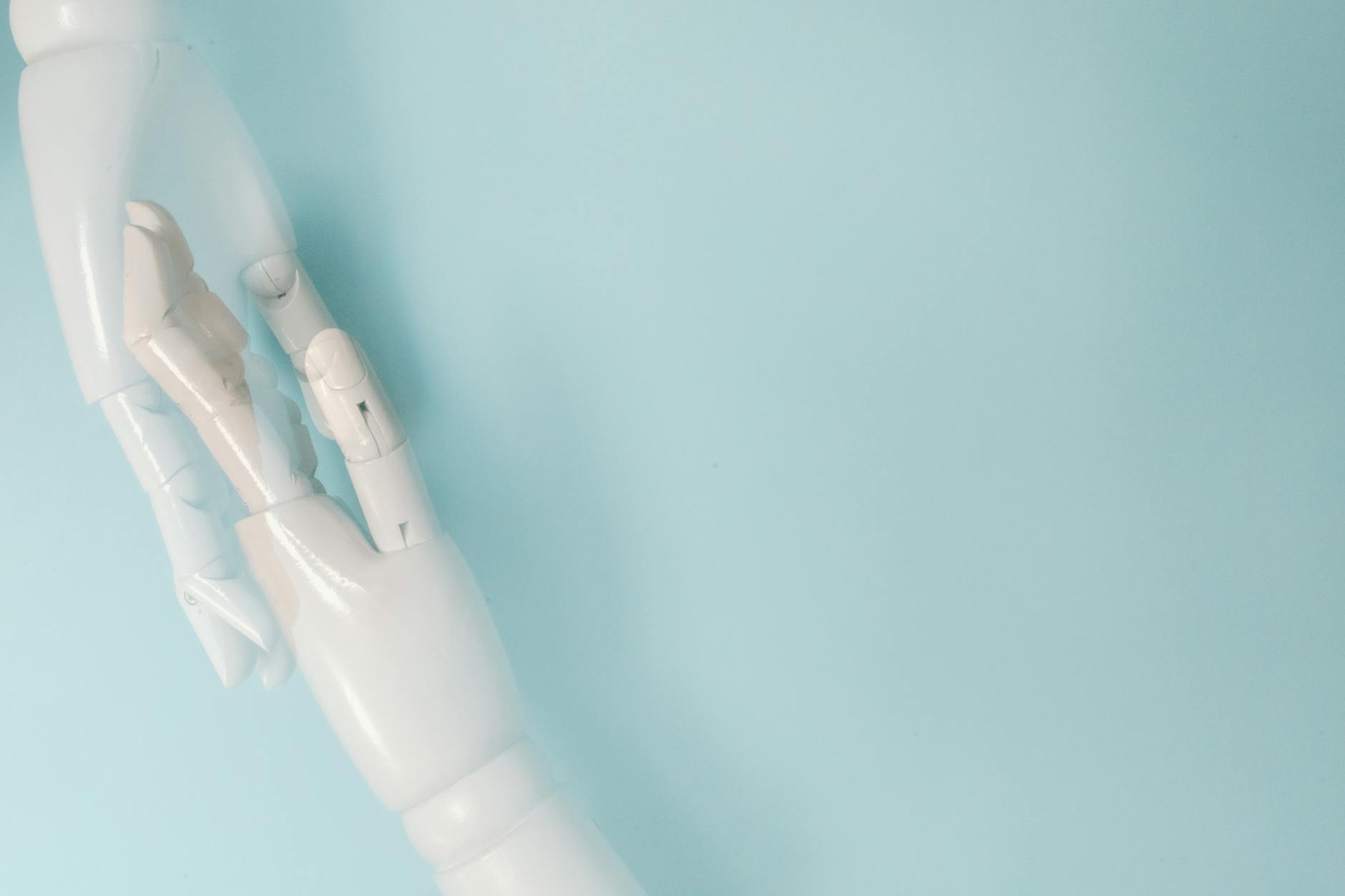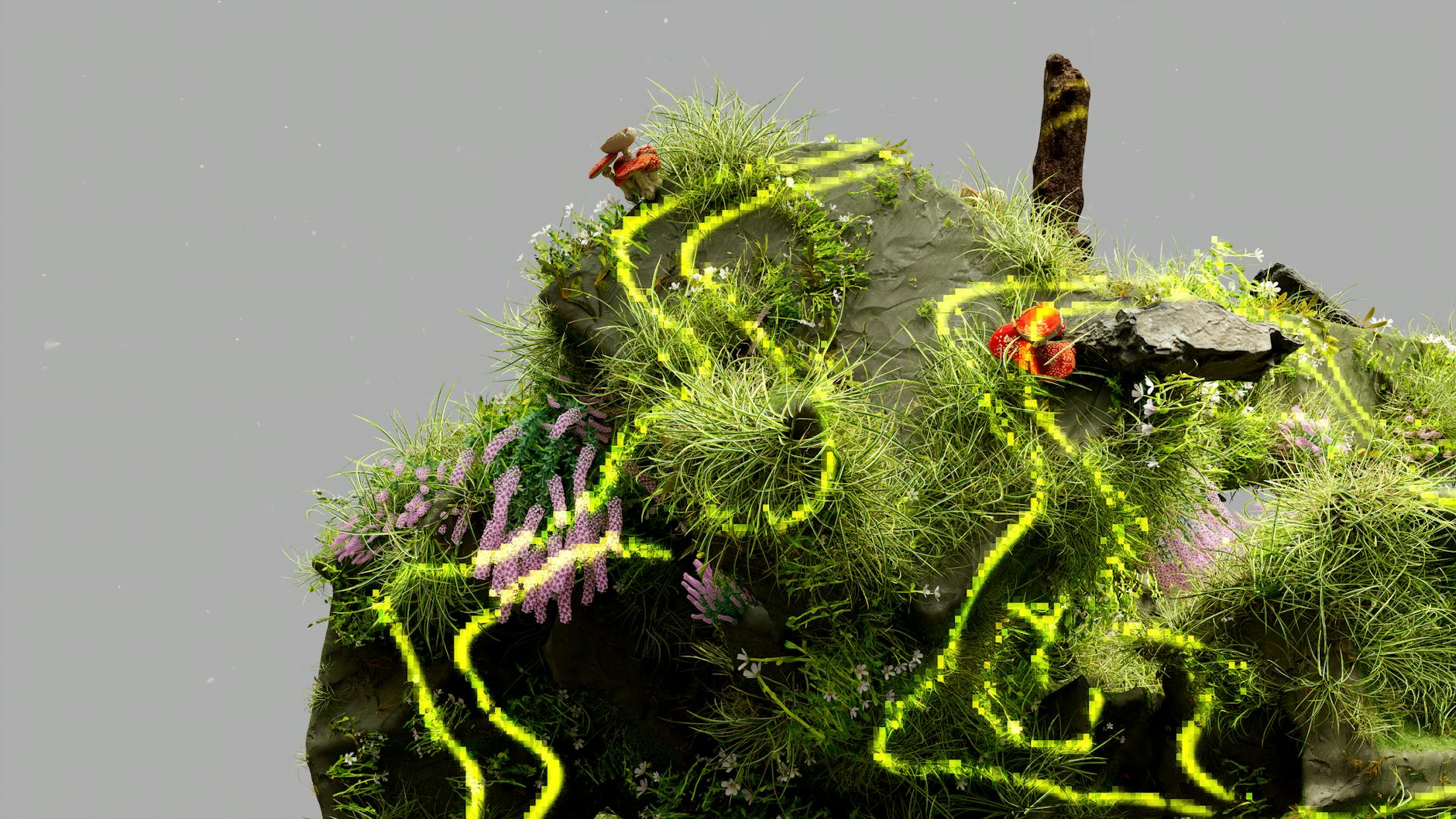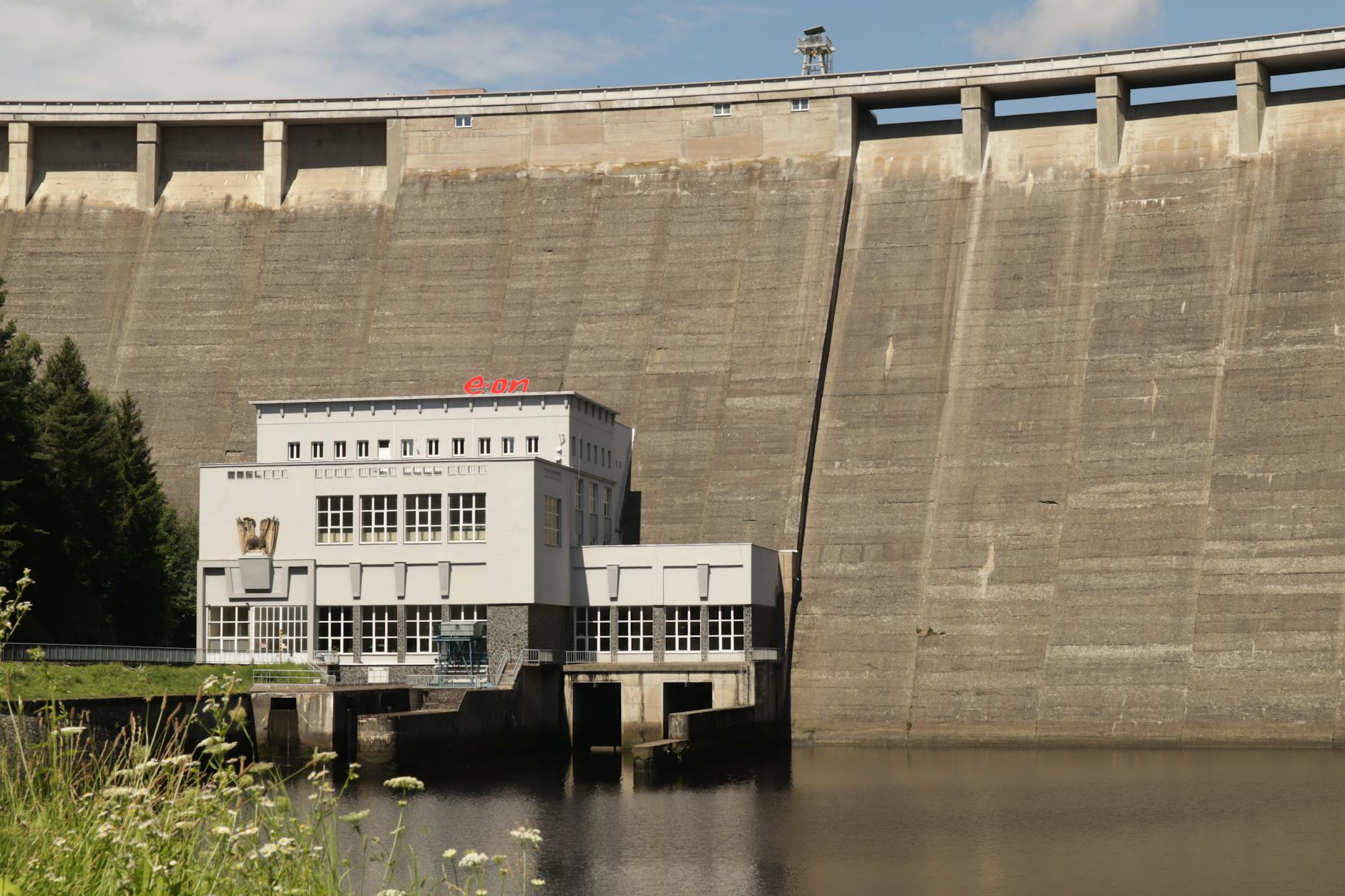Swarm Intelligence in Robotics: Unlocking Cost-Efficiency and Innovation
In the realm of robotics, the concept of swarm intelligence has emerged as a powerful tool for enhancing efficiency, productivity, and cost savings. By drawing inspiration from the collective behaviors of natural swarms such as ants, bees, and birds, researchers and engineers have developed innovative algorithms and techniques that enable groups of robots to work together seamlessly and achieve complex tasks with remarkable precision. This article delves into the fascinating world of swarm intelligence in robotics, exploring how this cutting-edge technology is revolutionizing various industries and helping businesses cut costs effortlessly.
Understanding Swarm Intelligence in Robotics
At the core of swarm intelligence in robotics lies the idea of decentralized control and collaboration among individual robotic agents. Instead of relying on a single, centralized controller to dictate the actions of all robots in a group, swarm robotics leverages distributed algorithms that enable autonomous agents to communicate, cooperate, and coordinate their activities in a decentralized manner. This self-organizing approach mimics the collective intelligence and efficiency observed in natural swarms, where simple interactions give rise to complex and adaptive group behaviors.
Applications of Swarm Intelligence in Robotics
The application of swarm intelligence in robotics spans a wide range of industries and domains, offering innovative solutions to complex problems. In agriculture, swarm robotics is being used to automate tasks such as planting, weeding, and harvesting crops, thereby streamlining operations and reducing the reliance on manual labor. In manufacturing, swarms of robots can collaborate to optimize production processes, improve quality control, and minimize downtime, leading to significant cost savings and efficiency gains.
Furthermore, swarm robotics holds great potential in search and rescue missions, environmental monitoring, surveillance, and space exploration. By deploying swarms of autonomous robots equipped with sensors and communication capabilities, organizations can gather real-time data, navigate complex environments, and perform tasks that would be challenging or dangerous for humans. In these scenarios, swarm intelligence enables robots to exhibit emergent behaviors, adapt to changing conditions, and accomplish mission objectives with speed and precision.
Cutting Costs Effortlessly with Swarm Intelligence
One of the key advantages of swarm intelligence in robotics is its ability to cut costs effortlessly while improving performance and flexibility. By leveraging the collective capabilities of multiple robots working in concert, businesses can achieve economies of scale, optimize resource allocation, and reduce operational expenses. For example, in warehouse automation, a swarm of autonomous robots can collaborate to efficiently pick, pack, and transport goods, minimizing labor costs and increasing throughput.
Moreover, the decentralized nature of swarm robotics allows for robustness and fault tolerance in dynamic environments. If one robot in the swarm malfunctions or encounters an obstacle, the other robots can adapt their behaviors collaboratively to complete the task at hand. This resilience to failure ensures continuous operation and minimizes downtime, further enhancing cost-effectiveness and operational efficiency.
Future Implications and Challenges
As swarm intelligence continues to evolve and mature, the future implications for robotics and automation are profound. Advances in artificial intelligence, machine learning, and sensor technologies are driving innovation in swarm robotics, enabling robots to exhibit increasingly sophisticated behaviors and capabilities. From autonomous vehicles and smart infrastructure to healthcare and logistics, the potential applications of swarm intelligence are limitless.
However, the adoption of swarm robotics also presents challenges related to ethics, privacy, safety, and regulatory frameworks. Ensuring the responsible and ethical deployment of autonomous robotic systems, addressing concerns about job displacement, and mitigating risks associated with cybersecurity and data privacy are critical considerations that must be addressed as swarm intelligence becomes more pervasive.
In conclusion, swarm intelligence in robotics is reshaping the way businesses operate, offering a powerful means to cut costs effortlessly, drive innovation, and enhance competitiveness. By harnessing the collective power of autonomous robots working together harmoniously, organizations can unlock new opportunities, optimize efficiency, and achieve sustainable growth in an increasingly complex and dynamic world. The future of robotics is undoubtedly bright, fueled by the endless possibilities that swarm intelligence brings to the table.


